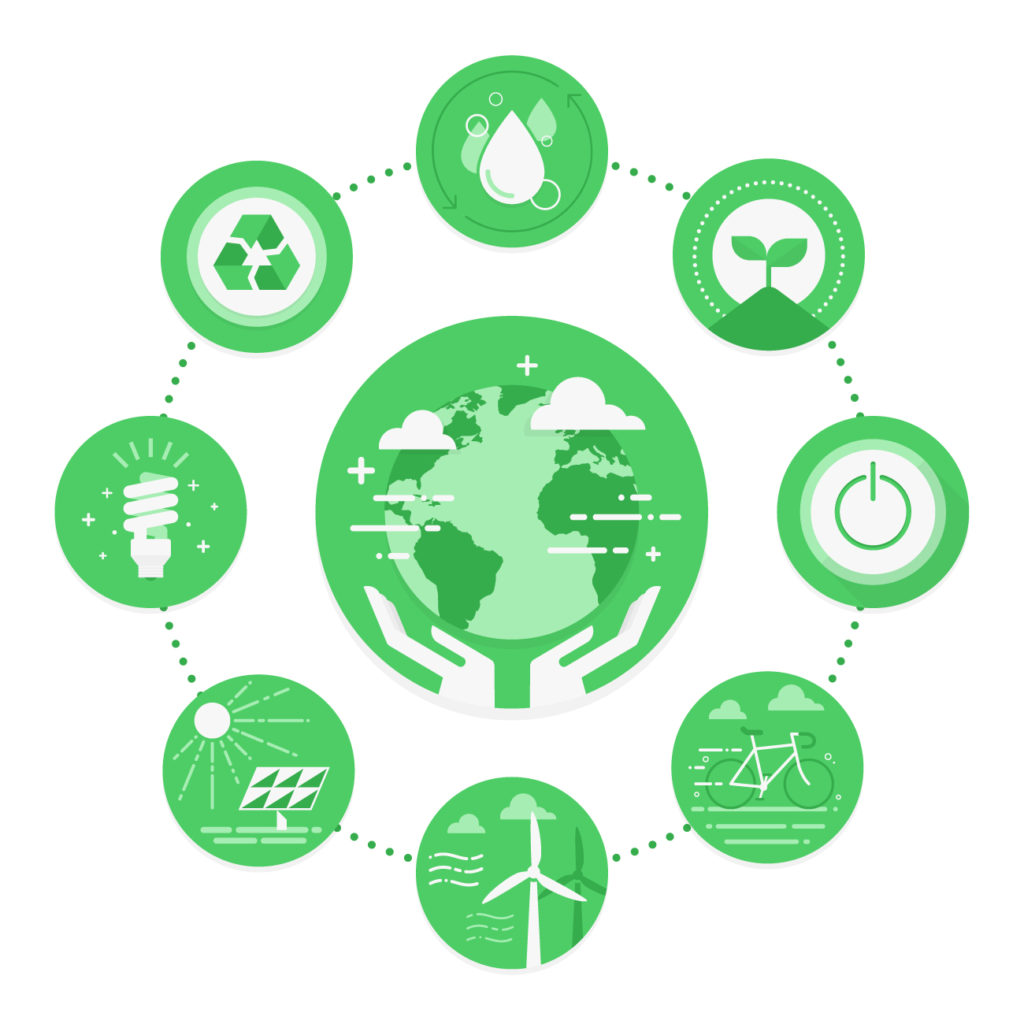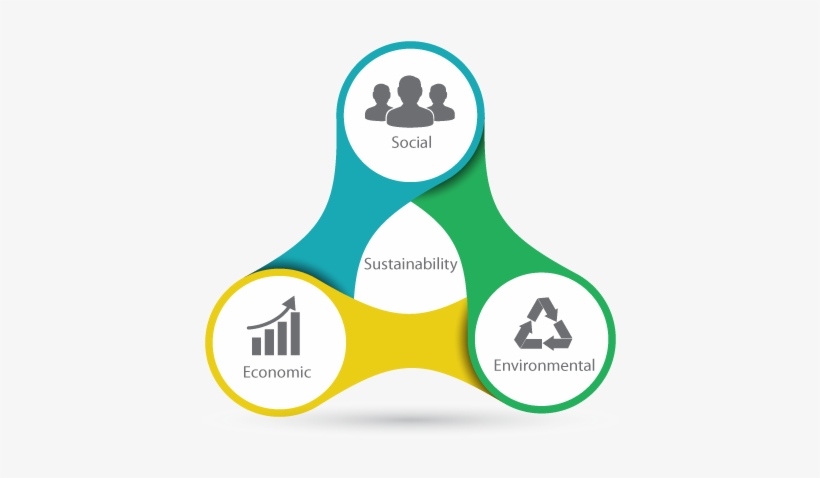Understanding sustainability
Sustainability combines “sustain” and “ability”, which translates to the ability to sustain. The key word here is “to sustain.” A look at the etymology of “sustain” shows that it has been used over time in different contexts. However, the core of its meaning persists, and meanings like “provide the necessities of life”, “give support”, and “endure without failing or yielding” have been ascribed to the word, according to Etymonline, an etymology dictionary.
Making sense of these varying yet similar interpretations indicates that the word “sustain” carries elements of ensuring continuity by providing necessary support, regardless of the situation, positive or otherwise.
Sustainability is then explained as the continuous maintenance of resources to ensure their availability for the long term. This concept is applicable in varied contexts and industries, such as business, policymaking, and even our everyday lifestyle. Geir B. Asheim (1994), defined sustainability as “a requirement of our generation to manage the resource base such that the average quality of life that we ensure ourselves can potentially be shared by all future generations”. This definition by Geir B. Asheim opens a stance to the concept of sustainability as a matter of requirement rid of options if we really want to leave a habitable environment for future generations.
Consider this analogy: You have a well in your compound from which you draw water regularly. As someone concerned about the long-term sustainability of this resource (water), you will be asking questions like, “How do I ensure that the well does not run dry?” and “How do I provide the necessary support for this well to continue to yield?”, “How do I find a sustainable alternative so as not to put a strain on the current one?” “How do I ensure that people who come after me can use the well?”
Sustainability reminds us to constantly question how a resource is maintained and prevented from depleting despite continuous usage and how to find alternatives to avoid putting a strain on resources.
After understanding what sustainability entails, it is easier to understand why it is such an important concept. Human activities are hastening the decline in the quality and quantity of the world’s finite resources. As such, concepts like sustainability are gaining traction because they provide a pathway for us to slow or completely stop and shift from the deterioration and decline of resources to conservation, restoration and longevity.

Evolution of the term Sustainability
There are three major timelines in the evolution of the term sustainability.
1713 – The first use of sustainability was from a German forestry handbook, Sylvicultura Oeconomica, by Hans Carl von Carlowitz. In his work, Hans used sustainability to refer to the responsible use of natural resources, such as forests, to ensure replenishment for long-term use.
1972 – Blueprint for Survival, a series of articles published by the Ecologist, formerly a magazine and now a British environmental journal, was the next to use sustainability in a major piece of work. The articles discuss the need for change in economic and environmental systems, with the term “sustainability” used broadly.
1987 – The Brundtland Commission’s Brundtland Report is arguably the most famous reference for sustainability. The Brundtland report formalised sustainable development, its guiding principles, and methods for achieving it. According to the report, sustainable development is “development that meets the needs of the present without compromising the ability of future generations to meet their own needs”.
This definition helps to understand sustainable development as a growth strategy that aims to limit carbon footprints while engendering a mutually beneficial interaction between the environment and people to ensure that the future generation and the environment thrive simultaneously. Economic and social development are also taken into account in sustainable development.
With varying interpretations, sustainability and sustainable development are frequently used interchangeably. There is, however, a distinction between the two. To distinguish between sustainability and sustainable development, consider the former as a concept and the latter as a strategy for achieving the state described in the concept.
Three pillars of sustainability
Because the concept of sustainability originated in the environmental field, there is a strong preference for defining it in that context. However, following the natural order of things, it has evolved to include two other equally important aspects of life. Thus, there are three pillars of sustainability.
Sustainability pillars are structures that, when combined, guide decision-making and evaluation processes to ensure that all necessary elements of sustainability are considered. The three pillars are interconnected, such that the non-performance of one causes an imbalance, thus making the system unsustainable.

Economic sustainability
This pillar of sustainability focuses on the long-term betterment of economic growth and development indicators such as employment or job creation and living standards while ensuring they are compatible with social and environmental factors.
Social sustainability
Social sustainability ensures that people have access to their fundamental rights and needs. It is the aspect of sustainability that focuses on societal or community elements like human rights, equity, education, and resource security.
Environmental sustainability
This pillar focuses on ensuring that the environment is well protected. Environmental sustainability highlights the importance of meeting current needs without jeopardising future needs. Environmental protection entails ensuring the continuous quality of natural capital.
Conclusion
Sustainability is a concept that transcends time. It might evolve and be called something different, but the aim and principles will always be relevant. It is a concept that provides an avenue to achieve robust development that cuts across all facets of life. Sustainability is appealing because it considers elements such as fundamental necessities, human rights, economic growth, decent jobs, and environmental protection, all of which are important for survival.
Author: Omobolade Olagunju

